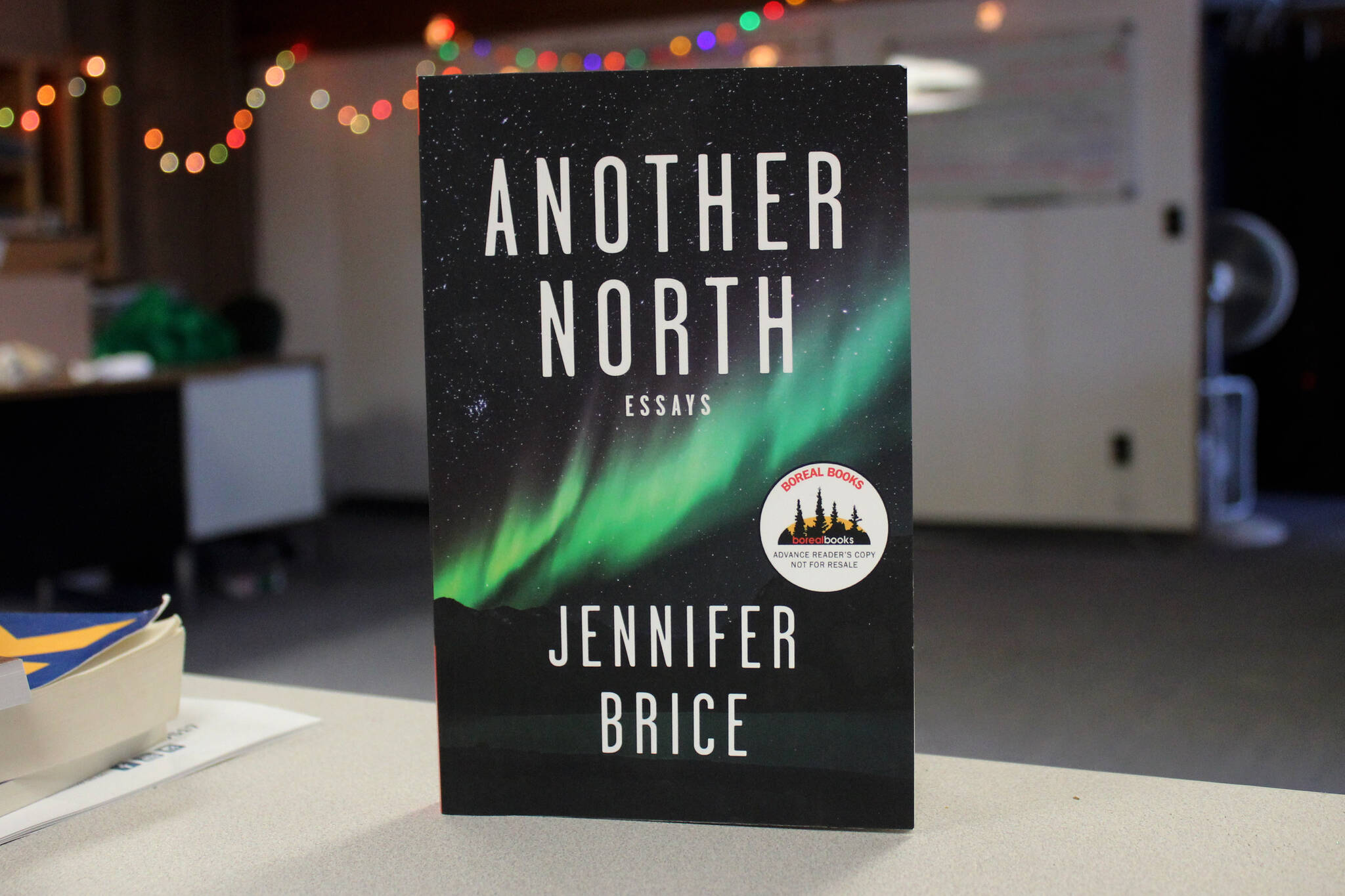“Trust the process.”
It’s a phrase that gets thrown around a lot, but I still often doubt the process. I’ll cringe at a video on social media, for example, of somebody making over a decrepit home, but ultimately find myself smiling at how lovely the final product turns out.
I found myself with similar warring emotions while reading Jennifer Brice’s not-yet-published essay collection “Another North,” which recently arrived in the Clarion’s mailbox. As I dove into the first, titular essay, I wasn’t sure what I’d gotten myself into.
The title of the collection is a reference to the disorientation Brice said she felt while flying into her hometown of Fairbanks as an adult. The runways at the Fairbanks International Airport, she says, are labeled for their magnetic azimuth, or compass bearing. The runway she’s always known as 1-19 is now 2-20 — a sign that magnetic north had changed.
“This new sign has set me to wobbling like a compass needle, like my mother’s murky memory, my father’s fibrillating heart,” she writes. “This particular case of wobbliness is just one more sign of how unsettled I feel most of the time these days in the new state of in-betweenness that is late middle-age.”
That wobbliness is the through line of the 12 essays that make up “Another North.” Brice writes in an author’s note that the collection was written over the course of 25 years and is arranged “in a way that makes intuitive sense” for her.
That note would prove to be helpful in contextualizing the essays that follow. The pieces range widely in subject — one probes the origins and implications of feminism and housework, while another delves into the history and symbolism of white T-shirts. At times, I struggled to see the connection.
It was when I looked up, after reading the first 106 pages straight through, that I realized Brice’s writing was what was keeping me hooked despite that struggle. Even if I didn’t always know where she was taking me, I trusted her to deliver honest and insightful prose that touched on the disorientation of being middle-aged.
My favorite essay, for example, was “Playing Bridge with Robots.” In it, Brice alternates between explaining the rules and strategies used in the game of bridge with a chronicle about how she met, fell in (platonic) love with, then fell out with her friend Sherry, whom she met while writing for the Fairbanks Daily News-Miner.
At the time she wrote the essay, Brice suggests that her closest companion is Argine, the computer bot she plays virtual bridge with. The juxtaposition between the rich tapestry she weaves of friendship with Sherry and the wholly inhuman relationship she has with Argine is powerful.
In that essay and in the others, Brice draws from a lifetime of experiences to tell personal narratives with a beginning, middle and end. Sometimes that narrative strays into the personal correspondence of her deceased grandmother, and other times it takes the form of an alphabetical list of plants.
Each is a lesson in trusting the process, and readers should rest assured that Brice’s candor, written voice and breadth of experiences are worth it.
“Another North” will be published on June 25, 2024, by Boreal Books, an imprint of Red Hen Press. An advanced reader’s copy of the book was provided to the Clarion for free by Red Hen Press.
Reach reporter Ashlyn O’Hara at ashlyn.ohara@peninsulaclarion.com. Off the Shelf is a bimonthly literature column written by the staff of the Peninsula Clarion.

